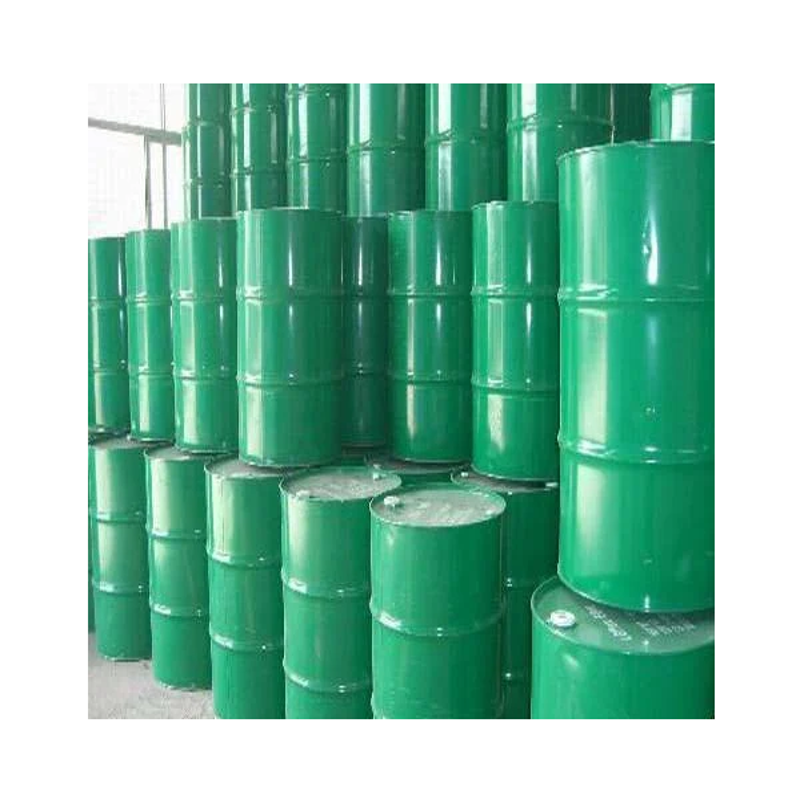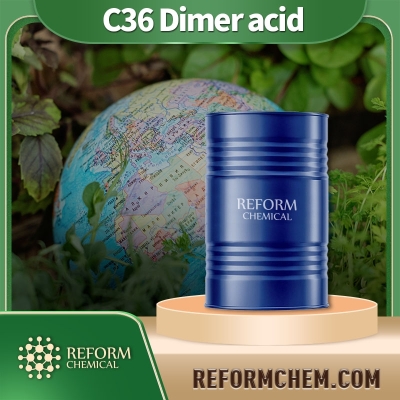-
Categories
-
Pharmaceutical Intermediates
-
Active Pharmaceutical Ingredients
-
Food Additives
- Industrial Coatings
- Agrochemicals
- Dyes and Pigments
- Surfactant
- Flavors and Fragrances
- Chemical Reagents
- Catalyst and Auxiliary
- Natural Products
- Inorganic Chemistry
-
Organic Chemistry
-
Biochemical Engineering
- Analytical Chemistry
-
Cosmetic Ingredient
- Water Treatment Chemical
-
Pharmaceutical Intermediates
Promotion
ECHEMI Mall
Wholesale
Weekly Price
Exhibition
News
-
Trade Service
Recently, University College London (UCL) in the United Kingdom designed and tested a new type of optical receiver with transmission rates of up to 10G, which will greatly reduce the cost of
fiber optic networks reaching home users.
What is known as fiber-to-the-home (FTTH) usually only reaches the handover box and is nowhere near the end user
.
The so-called "last mile", the connection of home users to the global Internet through the handover box, is mostly made of copper cables, because optical receivers that can read optical signals are very expensive and difficult for many households to afford.
Even in countries such as Japan and South Korea, where FTTH technology is advanced, FTTH connections are less than 50%, and less than 1%
in the UK.
The main reason for limiting FTTH is the cost, to achieve it not only to spread the fiber optic cable to every home, but also to provide users with affordable optical
receivers.
The highly sensitive coherent optical receivers used in the core network are complex and expensive, and the new optical receivers developed by the UCL optical network team and other teams make true fiber-to-the-home a reality
.
Dr Sezer Ökirinko, principal investigator of the study and Dr from UCL's Department of Electronic and Electrical Engineering, said: "Our simplified optical receiver can be produced cheaply in large quantities while maintaining the quality of
the optical signal.
The current copper cable connected to the home, the average data transmission rate of about 300 megabytes per second (Mb/s), will soon become a bottleneck restricting information transmission, according to the demand to reach 5 to 10Gb/s by 2025, our technology can support 10Gb/s per second rate, making it a real future technology
.
”
Recently, University College London (UCL) in the United Kingdom designed and tested a new type of optical receiver with transmission rates of up to 10G, which will greatly reduce the cost of
fiber optic networks reaching home users.
What is known as fiber-to-the-home (FTTH) usually only reaches the handover box and is nowhere near the end user
.
The so-called "last mile", the connection of home users to the global Internet through the handover box, is mostly made of copper cables, because optical receivers that can read optical signals are very expensive and difficult for many households to afford.
Even in countries such as Japan and South Korea, where FTTH technology is advanced, FTTH connections are less than 50%, and less than 1%
in the UK.
The main reason for limiting FTTH is the cost, to achieve it not only to spread the fiber optic cable to every home, but also to provide users with affordable optical
receivers.
The highly sensitive coherent optical receivers used in the core network are complex and expensive, and the new optical receivers developed by the UCL optical network team and other teams make true fiber-to-the-home a reality
.
Dr Sezer Ökirinko, principal investigator of the study and Dr from UCL's Department of Electronic and Electrical Engineering, said: "Our simplified optical receiver can be produced cheaply in large quantities while maintaining the quality of
the optical signal.
The current copper cable connected to the home, the average data transmission rate of about 300 megabytes per second (Mb/s), will soon become a bottleneck restricting information transmission, according to the demand to reach 5 to 10Gb/s by 2025, our technology can support 10Gb/s per second rate, making it a real future technology
.
”







